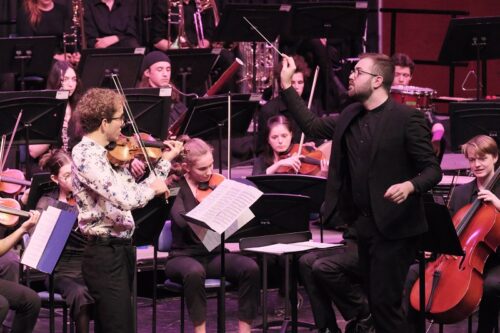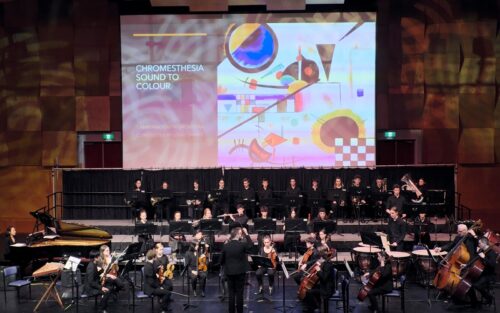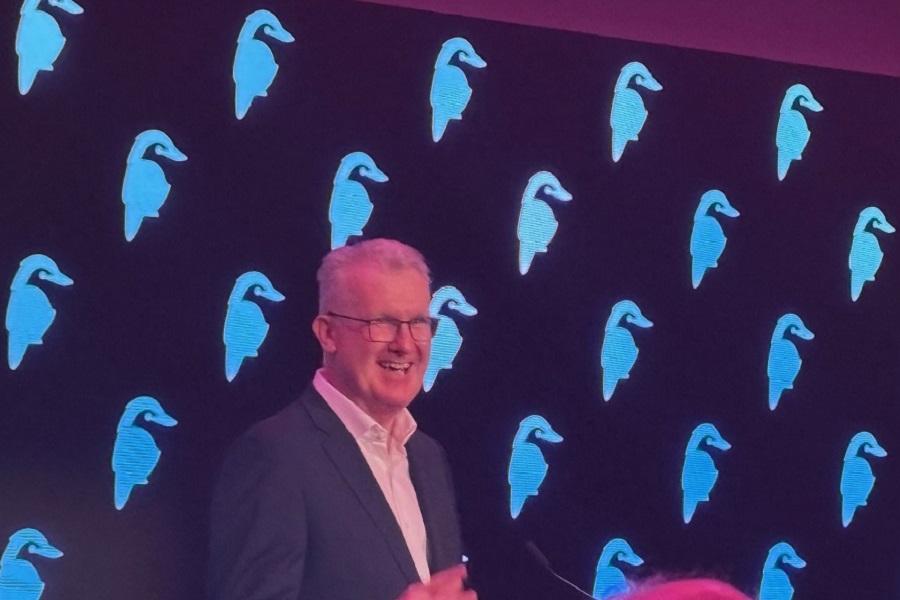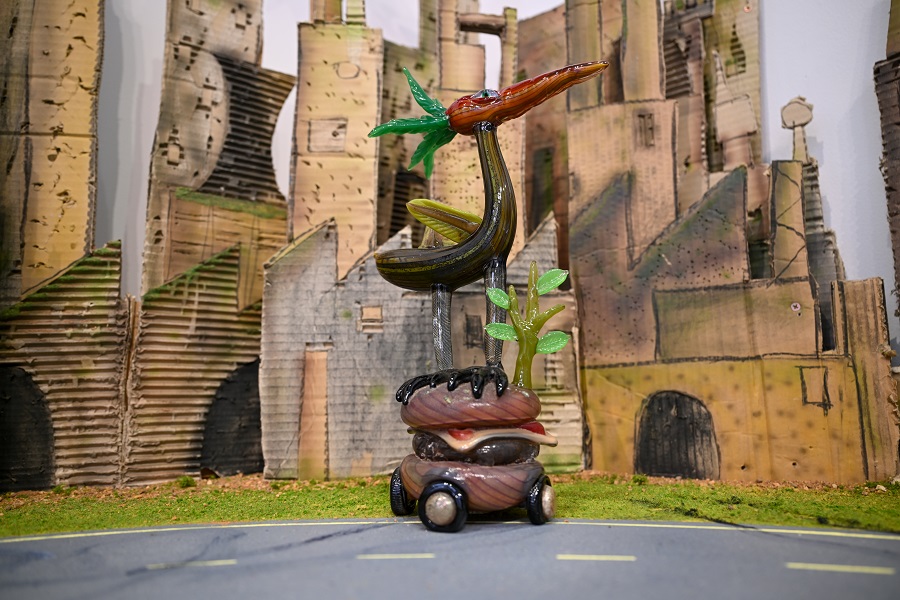
“Chromesthesia: Sound to Colour”, Canberra Youth Orchestra, at Canberra Girls Grammar School, June 20. Reviewed by HELEN MUSA.
THEMED under the umbrella title “The Colour Of Sound”, Music For Canberra staged a day-long mini-festival on Saturday (June 20), featuring the String Ensembles, James McCusker Orchestra and its elite band, the Canberra Youth Orchestra.
The final concert was subtitled “Chromesthesia: Sound to Colour”, a reference to the familiar phenomenon in which sound involuntarily evokes an experience of colour, shape and movement.
Compere and new convener of MFC’s classical program, Melinda Hole, told the modest audience at the Canberra Girls Grammar School hall, that the theme offered the young musicians an opportunity to play varied styles, tones and colours in the chosen music, mostly of Hungarian origin.

First up, guests from the Canberra Symphony Orchestra and some freelance musicians joined the bright young instrumentalists on the stage for “Hungarian Pictures”, by Bela Bartok, although the compere, almost incomprehensible in her hasty delivery, talked about a later work by Zoltan Kodaly and only mentioned the Bartok later.
This was confusing for the audience, who had been offered a code to access the program online then told to turn their phones off.
Also known as “Hungarian Sketches”, the suite is based on Bartok’s travels around Romania and Hungary collecting folk music and is thus full of the variety the theme required.
Guest conductor Louis Sharpe opened the suite with a light hand as the orchestra’s sensational flutes and clarinet shone before the small strings section came in with a delicate pizzicato.
This was a good start, but in what was a series of musical snapshots, the long gaps between movements and the constant changes in tone led to a feeling of disengagement as the orchestra ranged through emotions and moods.

There followed performance of Maurice Ravel’s gypsy concerto “Tzigane” (Hungarian for gypsy) a showcase for Isaiah Bondfield, the CYO’s concertmaster.
Originally commissioned from Ravel by Hungarian violinist Jelly d’Arányi and written for violin and a hybrid piano, the work was later orchestrated, but while the CYO provided background for the virtuosic skills of Bondfield, it didn’t require the same for the orchestra.
Bondfield went for Ravel’s combination of gypsy rhythms and more contemporary musical motifs in an urgent, aggressive performance that led to a little foot-stamping – a splendid debut concerto for a rising star.
Throughout the first two works, the orchestra seemed absorbed and serious – indeed, the only smile came when a young viola player dropped his bow, but in the final work, “The Hary Janos Suite”, they – and Sharpe – hit their straps.
Written by Zoltan Kodaly, who had, like his friend Bartok, travelled throughout Hungarian villages collecting songs, the work is based around Háry János, a veteran soldier who sits at the tavern spinning tall stories about his heroic exploits, providing quiet, reflective times, some jaunty moments and a splendid change of tone as the trumpets and trombones quite literally roared at us from the back of the orchestra and one percussionist dashed between cymbals, chimes and xylophone.
With its descriptive quality, “Hary Janos” seemed perfectly suited to the talents of the gifted young players, who responded with great enthusiasm from the outset and did indeed reflect the theme of varying colour as they conjured up a Viennese musical clock, the battle and defeat of Napoleon, and the entrance of the Emperor and his court, where Sharpe brought the concert to a triumphant conclusion.
Who can be trusted?
In a world of spin and confusion, there’s never been a more important time to support independent journalism in Canberra.
If you trust our work online and want to enforce the power of independent voices, I invite you to make a small contribution.
Every dollar of support is invested back into our journalism to help keep citynews.com.au strong and free.
Thank you,
Ian Meikle, editor




Leave a Reply